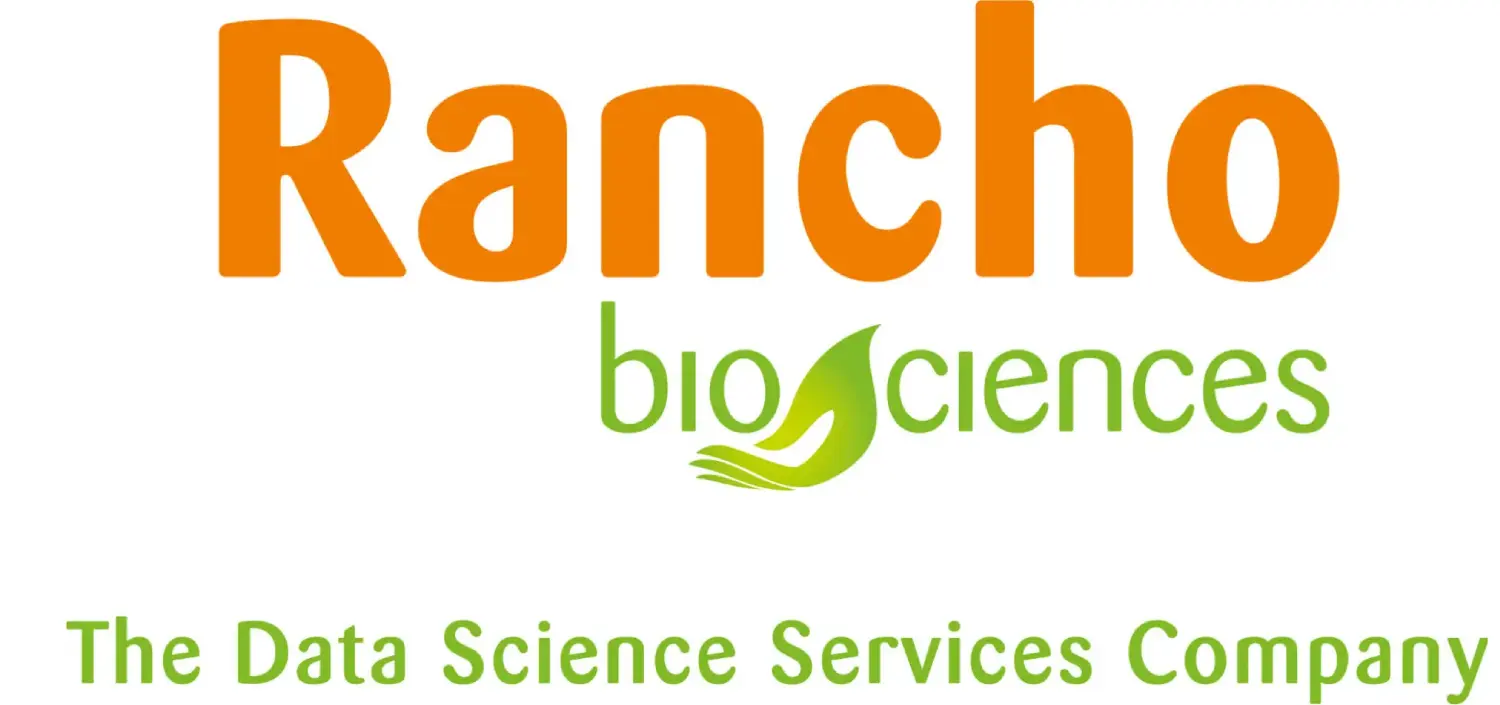Revolutionizing Diagnostics: Cutting-Edge Techniques in Digital Pathology
Digital pathology is revolutionizing the field of medical diagnostics, offering unprecedented opportunities for more accurate, efficient, and collaborative analysis of tissue samples. This innovative approach transforms traditional glass slides into high-resolution digital images, opening up new possibilities for pathologists and researchers alike. In this comprehensive exploration, we’ll delve into the key techniques used in digital pathology and their impact on the pharmaceutical, biotech, and healthcare industries.
The Foundation: Whole Slide Imaging (WSI)
At the heart of digital pathology lies Whole Slide Imaging (WSI), a groundbreaking technique that digitizes entire glass slides containing tissue samples. WSI utilizes advanced scanners to capture high-resolution digital reproductions of slides, preserving intricate cellular structures and subtle nuances with remarkable fidelity.
Key features of WSI:
- Accurate digital replication of physical slides
- Multi-magnification viewing capabilities
- Enhanced accessibility and sharing of specimen data
WSI technology has revolutionized how pathologists interact with tissue specimens, allowing for seamless navigation through digitized samples at various magnifications. This breakthrough eliminates the physical constraints of traditional microscopy and significantly improves diagnostic accuracy.
AI-Assisted Analysis: Enhancing Diagnostic Capabilities
The integration of artificial intelligence (AI) with digital pathology has ushered in a new era of diagnostic precision and efficiency. AI algorithms can analyze vast datasets, identify complex patterns, and assist pathologists in efficiency and making more accurate diagnoses.
AI applications in digital pathology:
- Image recognition for cellular anomalies
- Predictive modeling for disease progression
- Automated quantification of biomarkers
The synergy between human expertise and AI augmentation has led to a reduction in diagnostic errors and an acceleration of the diagnostic process. As AI continues to evolve, its role in digital pathology is expected to expand, further enhancing the capabilities of pathologists and researchers.
Image Analysis Software
Sophisticated image analysis software is a crucial component of digital pathology systems. These tools offer a wide range of functionalities that enhance the pathologist’s ability to interpret and analyze digital slides.
Key features of image analysis software:
- Automated cell counting and classification
- Tissue segmentation and region of interest (ROI) identification
- Quantitative analysis of biomarker expression
By leveraging these powerful software tools, pathologists can extract more meaningful data from tissue samples and make more informed diagnostic decisions.
Cloud-Based Collaboration and Storage
The shift toward digital pathology has facilitated unprecedented levels of collaboration among pathologists and researchers. Cloud-based platforms enable secure sharing of digital slides and associated data across institutions and geographical boundaries.
Benefits of cloud-based systems:
- Real-time collaboration on challenging cases
- Centralized storage of large volumes of pathology data
- Enhanced accessibility for remote consultations
These collaborative capabilities are particularly valuable for pharmaceutical and biotech companies engaged in multi-site clinical trials or seeking expert consultations on complex cases.
Integration with Laboratory Information Systems (LIS)
Seamless integration between digital pathology systems and laboratory information systems (LIS) is crucial for streamlining workflows and ensuring data integrity. This integration allows for efficient management of patient information, specimen tracking, and results reporting.
Advantages of LIS integration:
- Reduced manual data entry and associated errors
- Improved traceability of specimens throughout the diagnostic process
- Enhanced efficiency in reporting and communication of results
For pharmaceutical and biotech companies, this integration can significantly accelerate research timelines and improve the overall quality of pathology data in clinical trials. Furthermore, it allows linking other omics data to digital pathology data via specimen tracking. Such integration of molecular insights with histopathological features can enhance disease characterization, predictive modeling, and personalized treatment.
3D Pathology: The Next Frontier
While still in its early stages, three-dimensional (3D) pathology represents an exciting frontier in digital pathology techniques. By creating 3D reconstructions of tissue samples, pathologists can gain new insights into tissue architecture and disease progression.
Potential applications of 3D pathology:
- Enhanced visualization of tumor microenvironments
- Improved understanding of complex anatomical relationships
- More accurate staging of cancers
As 3D pathology techniques continue to evolve, they promise to provide even more comprehensive and nuanced analyses of tissue samples, potentially revolutionizing disease diagnosis and drug development processes.
Challenges and Considerations
While digital pathology offers numerous advantages, its implementation isn’t without challenges. Healthcare institutions and research organizations must carefully consider several factors when adopting these technologies.
Key considerations:
- Data security and patient privacy protection
- Regulatory compliance and validation of digital systems
- Training and adaptation of pathologists to digital workflows
Addressing these challenges is crucial for the successful integration of digital pathology into clinical and research settings.
The Future of Digital Pathology
The field of digital pathology is rapidly evolving, with new techniques and applications emerging regularly. As AI and machine learning technologies continue to advance, we can expect even more sophisticated analysis capabilities and decision support tools for pathologists.
Emerging trends:
- Integration of genomic data with digital pathology images
- Development of AI-powered predictive models for treatment response
- Expansion of digital pathology into new areas of medical research
These advancements promise to further accelerate drug discovery and development processes, benefiting pharmaceutical and biotech companies in their quest for innovative therapies.
Digital pathology techniques are transforming the landscape of medical diagnostics and research. From whole slide imaging to AI-assisted analysis, these innovative approaches are enhancing the accuracy, efficiency, and collaborative potential of pathology practices. As the field continues to evolve, it will undoubtedly play an increasingly crucial role in advancing medical knowledge and improving patient outcomes.
For organizations in the pharmaceutical, biotech, and healthcare sectors, embracing these digital pathology techniques can lead to significant competitive advantages. By leveraging cutting-edge technologies and bioinformatics services, companies can accelerate their research and development efforts, bringing life-saving therapies to market faster and more efficiently.
Are you ready to harness the power of digital pathology for your research and development initiatives? Rancho Biosciences offers expert bioinformatics and data management services tailored to the needs of pharmaceutical and biotech companies. Contact us today to learn how our specialized solutions can accelerate your path to breakthrough discoveries and innovative therapies.
